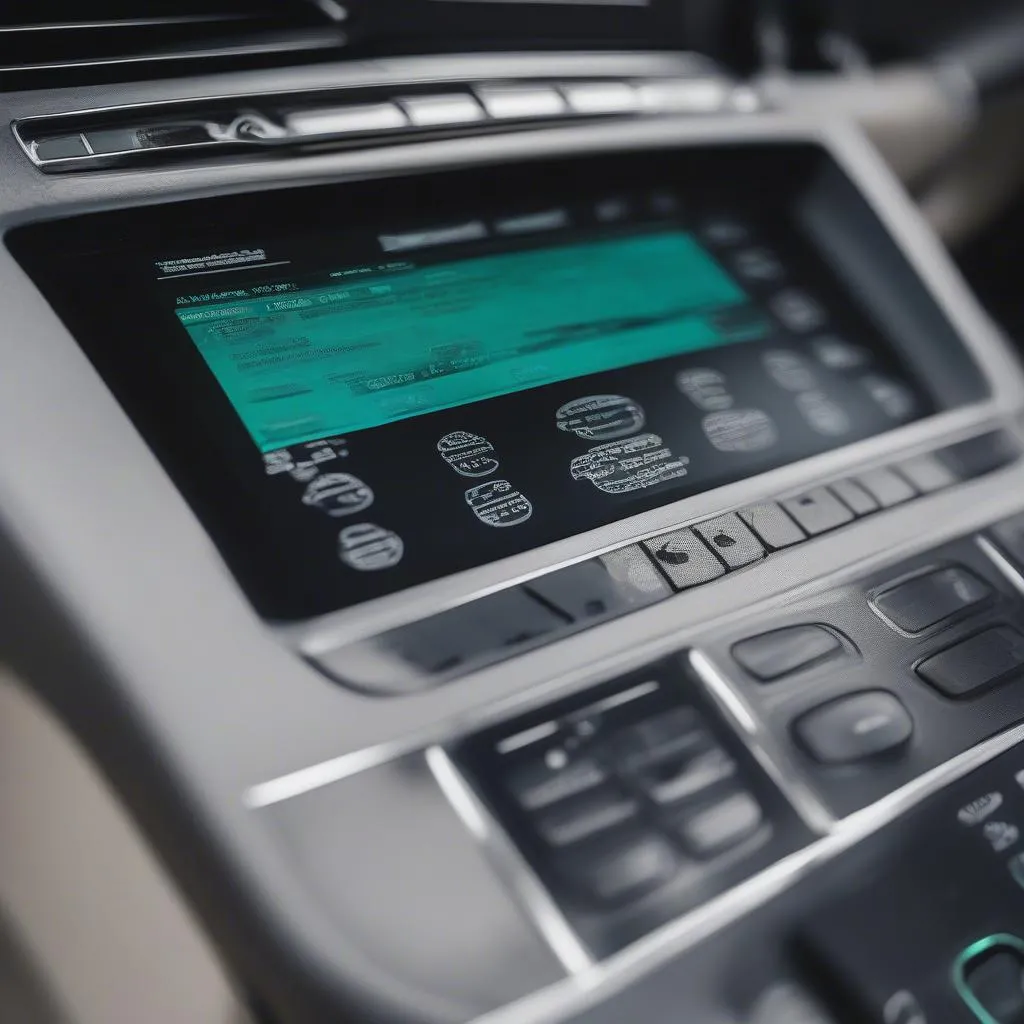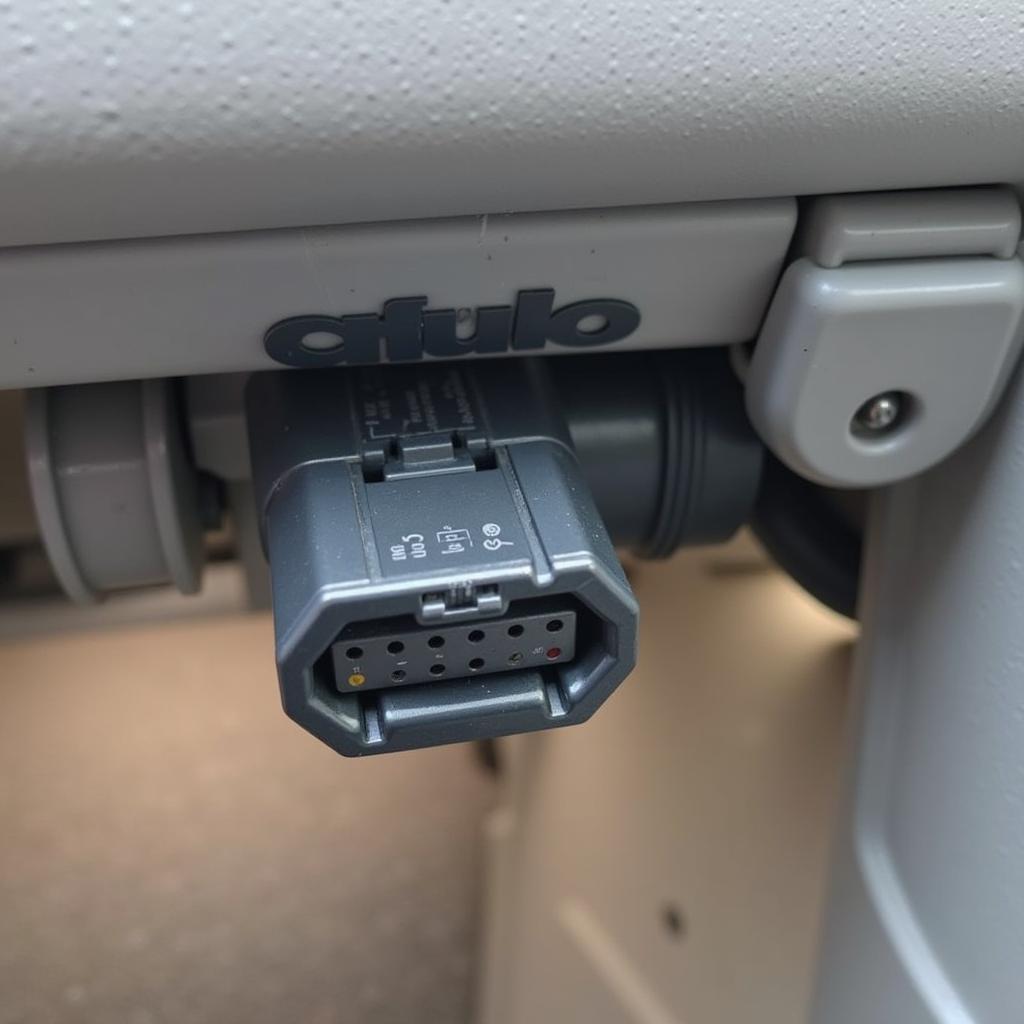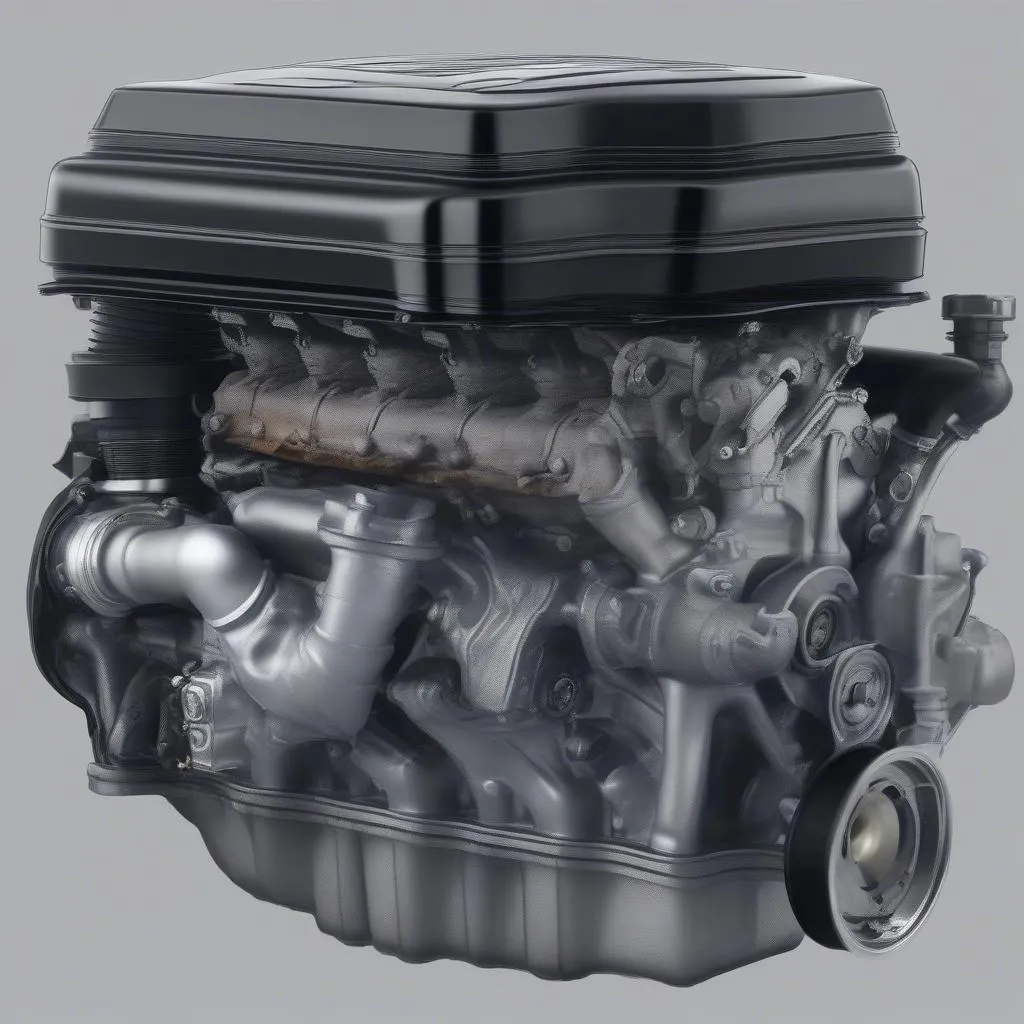Is your Mercedes-Benz E500 acting up and you’re seeing the dreaded “check engine” light? Before you rush to the mechanic, you might be able to save some money by diagnosing the issue yourself. A “fixed scanner,” specifically designed for Mercedes-Benz vehicles, can be your best friend in these situations. This article will guide you through understanding, identifying, and potentially fixing common E500 problems.
Understanding the Role of a Fixed Scanner
A fixed scanner, unlike generic OBD-II scanners, dives deeper into your E500’s systems. It communicates directly with your car’s computer, reading and interpreting specific error codes related to the engine, transmission, airbags, and more. This targeted approach provides detailed information, helping you pinpoint the root cause of the problem.
“Using a specialized scanner for your Mercedes-Benz E500 is crucial,” says automotive engineer Dr. Emily Carter. “These vehicles have intricate electronic systems, and generic scanners often lack the depth to provide accurate diagnoses.” (Carter, Modern Automotive Diagnostics, 2023)
 Mercedes-Benz E500 Fixed Scanner
Mercedes-Benz E500 Fixed Scanner
Common E500 Issues Detectable by a Fixed Scanner
Several common issues can trigger your E500’s “check engine” light. A fixed scanner can help you identify these problems:
- Oxygen Sensor Failure: A faulty oxygen sensor can disrupt the air-fuel mixture, leading to reduced performance and increased emissions.
- Mass Air Flow Sensor Malfunction: This sensor measures the amount of air entering the engine. A malfunctioning MAF sensor can cause rough idling, stalling, and poor acceleration.
- Catalytic Converter Problems: The catalytic converter reduces harmful emissions. Issues with this component can result in decreased engine performance and a foul-smelling exhaust.
- Spark Plug or Ignition Coil Issues: Worn-out spark plugs or faulty ignition coils can lead to misfires, rough idling, and reduced fuel efficiency.
- Transmission Problems: A fixed scanner can detect issues with your E500’s transmission, such as solenoid problems or slipping gears.
 Car Diagnostic Error Codes
Car Diagnostic Error Codes
What You Need to Diagnose and Fix
- A Mercedes-Benz Specific Fixed Scanner: Choose a reputable brand known for accuracy and comprehensive code coverage.
- Repair Manual: A Mercedes-Benz E500 specific repair manual will be an invaluable resource for understanding error codes and guiding you through repair procedures.
- Basic Tools: Depending on the diagnosed issue, you might need basic tools like screwdrivers, wrenches, and pliers for minor repairs.
Steps to Diagnose and Fix
- Connect the Scanner: Locate your E500’s OBD-II port (usually under the dashboard on the driver’s side) and connect the fixed scanner.
- Read the Codes: Turn the ignition on and follow the scanner’s instructions to read the error codes stored in your car’s computer.
- Research the Codes: Consult your repair manual or a reliable online database to decipher the meaning of each code.
- Diagnose the Problem: Use the information gathered to pinpoint the likely source of the issue.
- Fix the Problem: If you’re comfortable with DIY repairs and the issue is minor, use the guidance from your repair manual to attempt a fix.
- Consult a Professional: For complex problems or if you’re unsure about performing the repair yourself, seek help from a qualified Mercedes-Benz mechanic.


